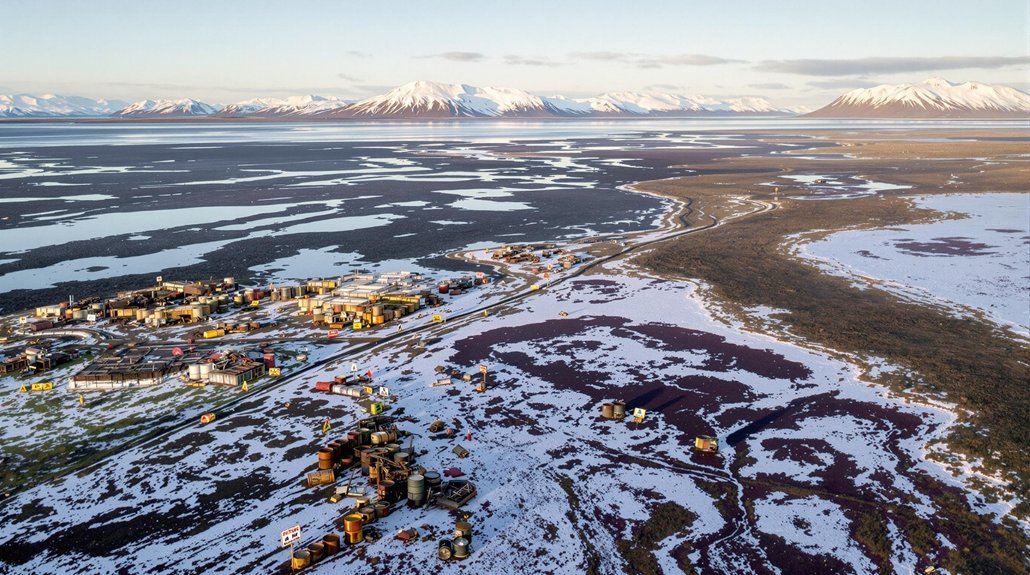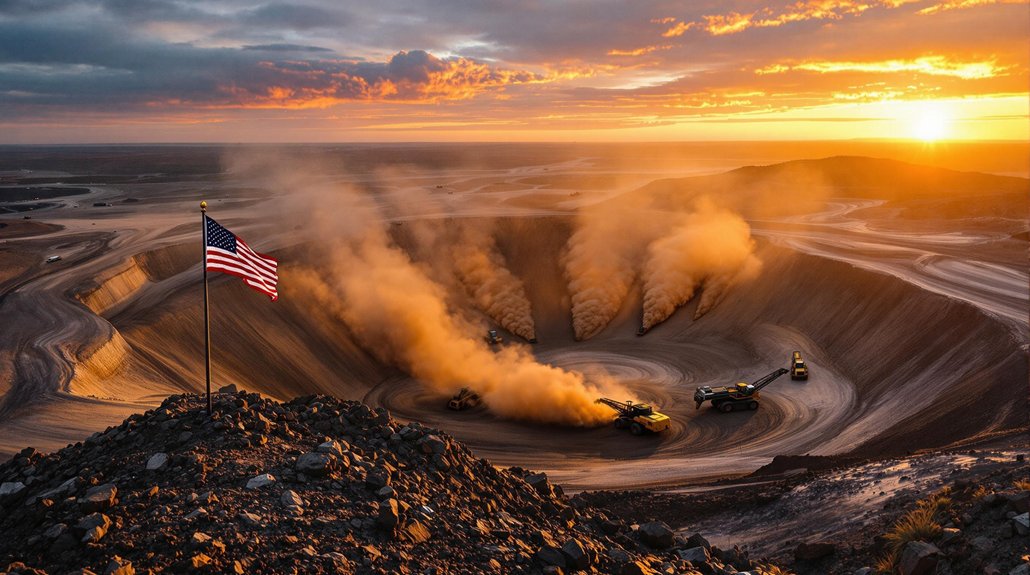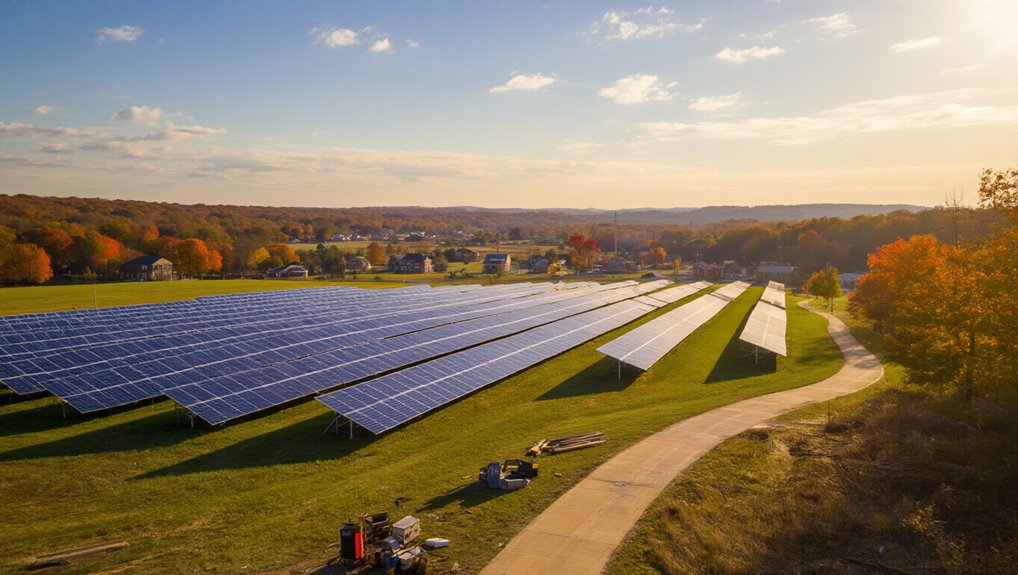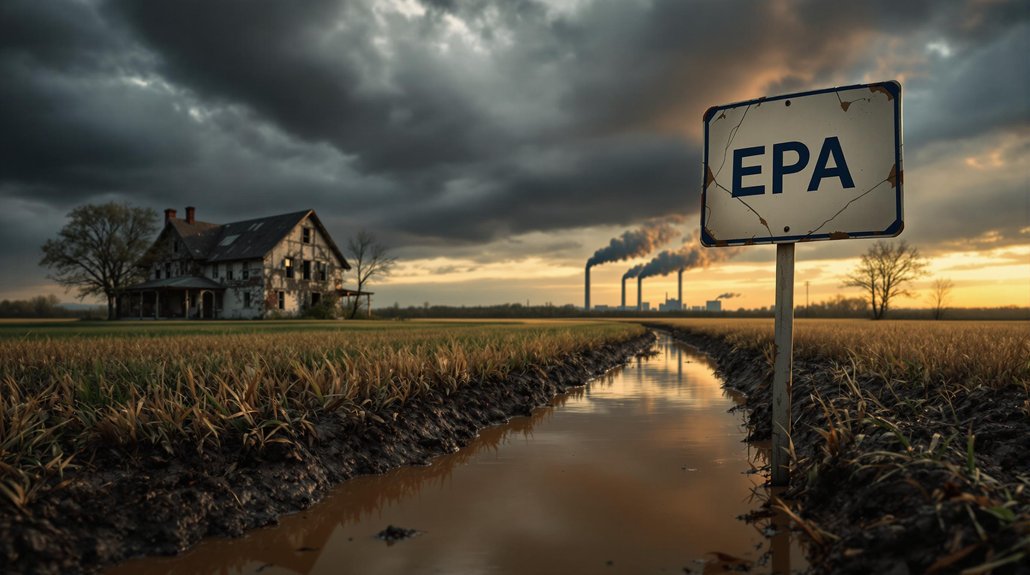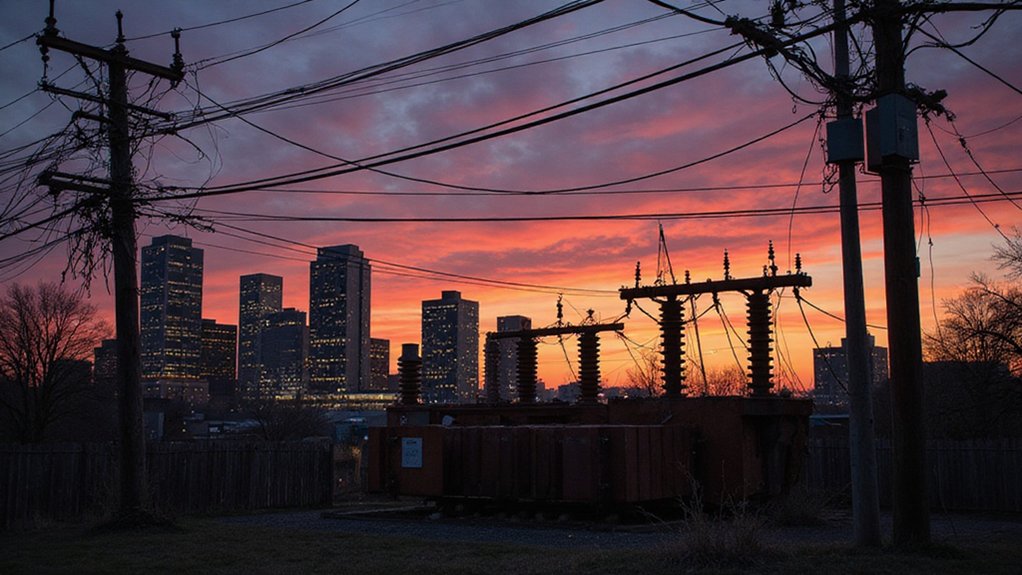Indigenous Alaskans are fighting back against the military’s toxic legacy at over 700 contaminated sites across the state. Places like St. Lawrence Island show alarming health impacts—high cancer rates, birth defects, and PCB levels nine times the national average. Despite $130 million allocated for cleanup, communities call the efforts half-hearted and inadequate. They’re demanding accountability, proper environmental assessment, and compensation. The battle has gone international, with complaints now filed with the UN.
Indigenous Alaskans are fighting mad—and for good reason. Over 700 former military sites across Alaska are contaminated with a toxic soup of chemicals. We’re talking fuel, heavy metals, PCBs, pesticides, solvents—basically everything you wouldn’t want in your backyard. Or your food. Or your body.
St. Lawrence Island, known traditionally as Sivuqaq, has been hit particularly hard. The military left, but their pollution stayed. Convenient, right? Now residents show elevated PCB levels in their blood, cancer rates have climbed, and reports of miscarriages, birth defects, and thyroid problems abound. Kids suffer neurological and developmental issues. All while everyone waits for scientists to fully understand the “long-term effects.” How long is long term? It’s been decades already.
The cleanup efforts? Laughable, according to indigenous communities. Sure, the government has thrown $130+ million at the St. Lawrence Island problem. They’ve checked some boxes, declared some sites “remediated,” and patted themselves on the back. Case closed! Except it’s not.
Remote locations, brutal weather, high transportation costs—cleanup isn’t easy. Nobody’s saying it is. But that’s not an excuse for half-measures.
Indigenous groups have clear demands: reopen those conveniently “closed” contamination cases, do proper environmental sampling, involve native people in the process, and take responsibility for the health nightmare. Oh, and maybe some compensation for poisoning entire communities? Just a thought.
The fight has gone international. A complaint with the UN Special Rapporteur on toxics and human rights aims to pressure the US government to step up. Local leaders like Vi Waghiyi are providing powerful personal testimonies about family members lost to cancer and other diseases linked to the contamination. Research shows Yupik people have PCB blood levels 4.5 to 9 times higher than average Americans in the Lower 48. It’s part of a global push to address military toxic waste—which, surprise, disproportionately affects indigenous Arctic peoples.
Meanwhile, traditional foods remain threatened. Sacred lands stay polluted. Children grow up sick. The military’s toxic legacy continues decades after they’ve moved on. And indigenous Alaskans keep asking a simple question: When will you clean up your mess?
